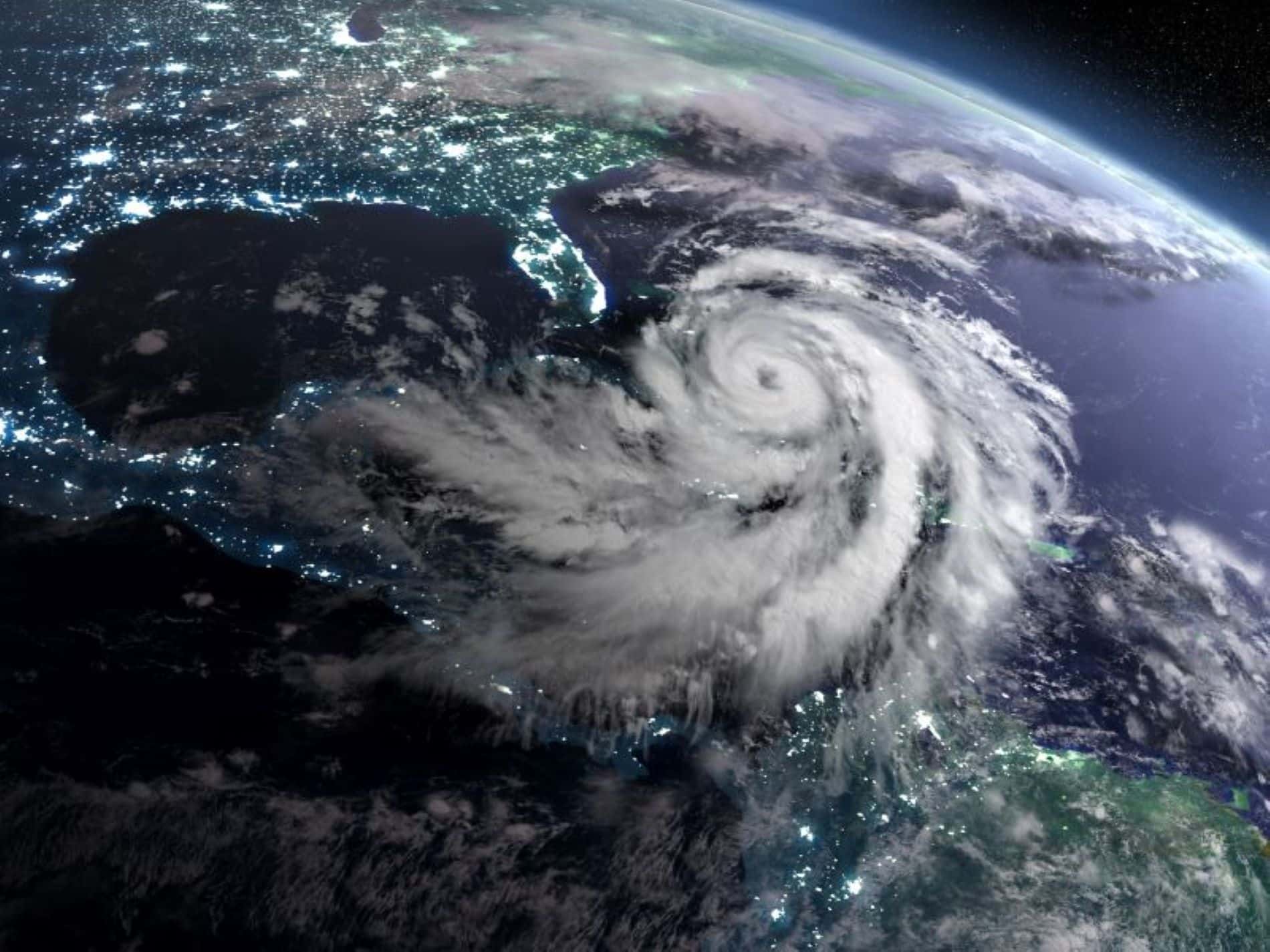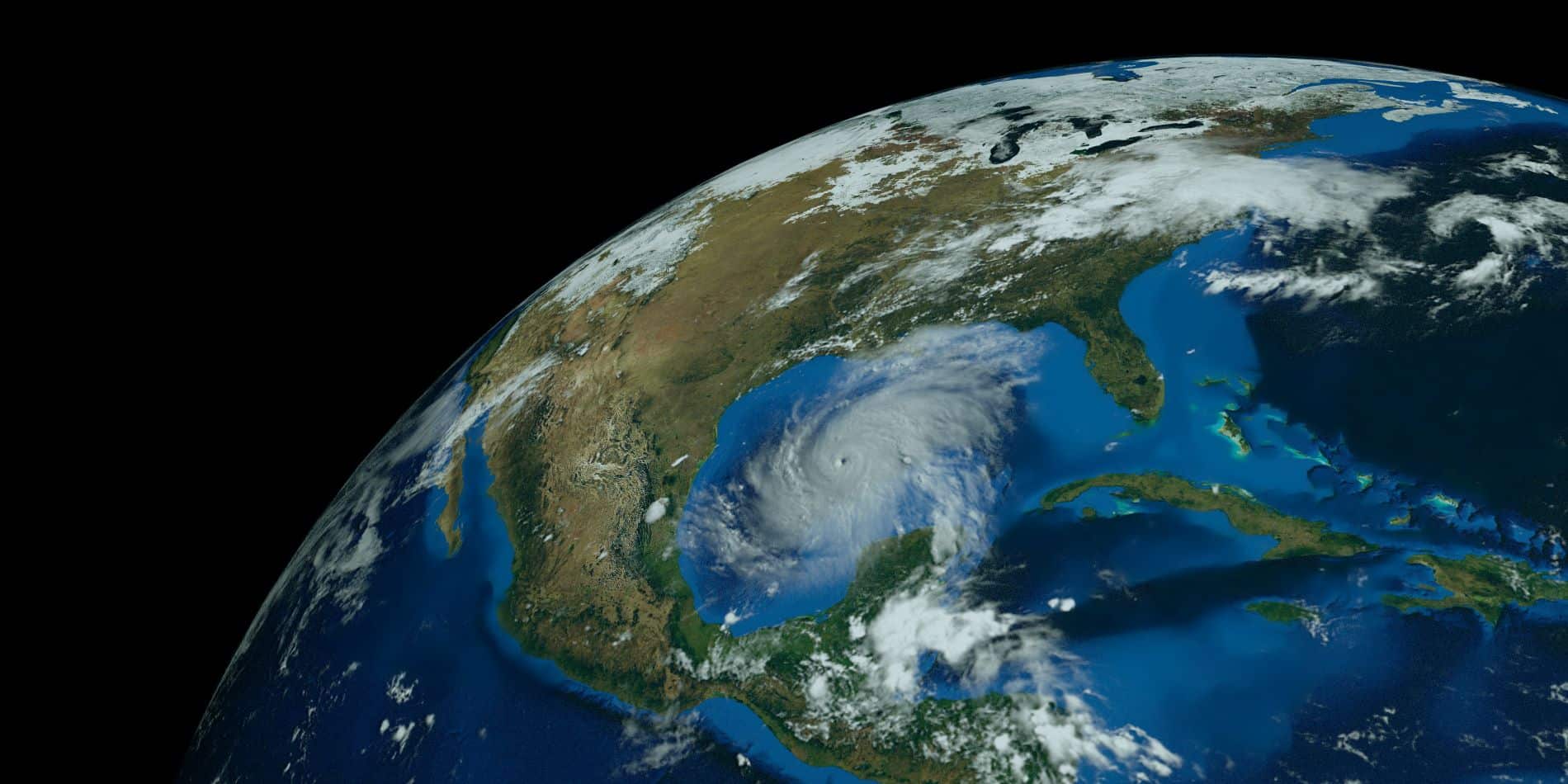
There are many areas of the country where large wildfires have become the norm. Texas is accustomed to hurricanes on the coast, tornadoes throughout, recently subzero temps and now wildfire risks are yet another difficult hurtle the state has to overcome. As of the date of publish, the Smokehouse Creek Wildfire has already scorched over as much as 1 million acres which will inevitably lead to billions of dollars in damage and thousands of homeowners insurance claims. In many ways, the entire state of Texas can be considered high risk for insurance purposes.
Protecting your home from wildfires, especially in areas prone to such disasters like parts of North Texas, involves several preventative measures and preparations. Here are some general steps to help safeguard your property:
- Create Defensible Space: This involves clearing away flammable vegetation and materials around your home to create a buffer zone. This space can help slow the fire’s spread and provide a safer area for firefighters to work. Ideally, this space should extend at least 30 feet from your home.
- Choose Fire-Resistant Materials: If you’re building or renovating, choose fire-resistant building materials for your roof, siding, windows, and doors. For example, metal roofing and fiber-cement siding are less likely to catch fire compared to wood shingles.
- Maintain Your Yard: Regularly mow the lawn, rake leaves, and dispose of tree branches and other combustible debris. Prune trees and shrubs so the lowest branches are 6 to 10 feet from the ground to prevent ground fires from climbing into the canopy.
- Install Spark Arrestors: Fit chimneys and stovepipes with a mesh screen spark arrestor to prevent embers from escaping and igniting a fire.
- Keep Gutters and Roofs Clean: Remove leaves, pine needles, and other debris from gutters and roofs to eliminate potential fuel for fires.
- Create an Emergency Plan and Kit: Have an evacuation plan in place and prepare an emergency kit with essential items like food, water, medications, and important documents.
- Use Fire-Resistant Landscaping: Plant fire-resistant plants and trees around your home and use non-flammable mulches like stone or gravel instead of pine bark or wood chips.
- Access and Water Supply: Ensure that your home is accessible to emergency vehicles and consider installing a water source, like a rain barrel or a cistern, that firefighters can use if needed.
- Regular Inspections: Regularly inspect and maintain your home to ensure that there are no vulnerabilities where embers can enter and start a fire, such as broken roof tiles, gaps in siding, or unscreened vents.
- Community Preparedness: Work with your community to create a wildfire action plan and participate in local fire prevention and preparedness programs.
Each of these steps can contribute significantly to reducing the risk of your home being damaged or destroyed in a wildfire. It’s also important to stay informed about wildfire risks and current fire weather conditions in your area.
Recent Posts
Claims Surge Amid Unusual 2024 Hurricane Season and What Does it Mean for High Risk Homeowners Insurance?
How is the season so far and what do higher temperatures have to do with it? That warm waters in the tropical Atlantic...
2024- Are Burglary Claims Still a High Risk?
Burglaries are a persistent threat to homeowners across the U.S., with over one million break-ins occurring annually. Even though burglary rates have decreased...
2024 Atlantic Hurricane Season Predictions
All Early Predictions Call for a Busy 2024 Atlantic Hurricane Season Forecasters are predicting an exceptionally active Atlantic hurricane season in 2024. The...




